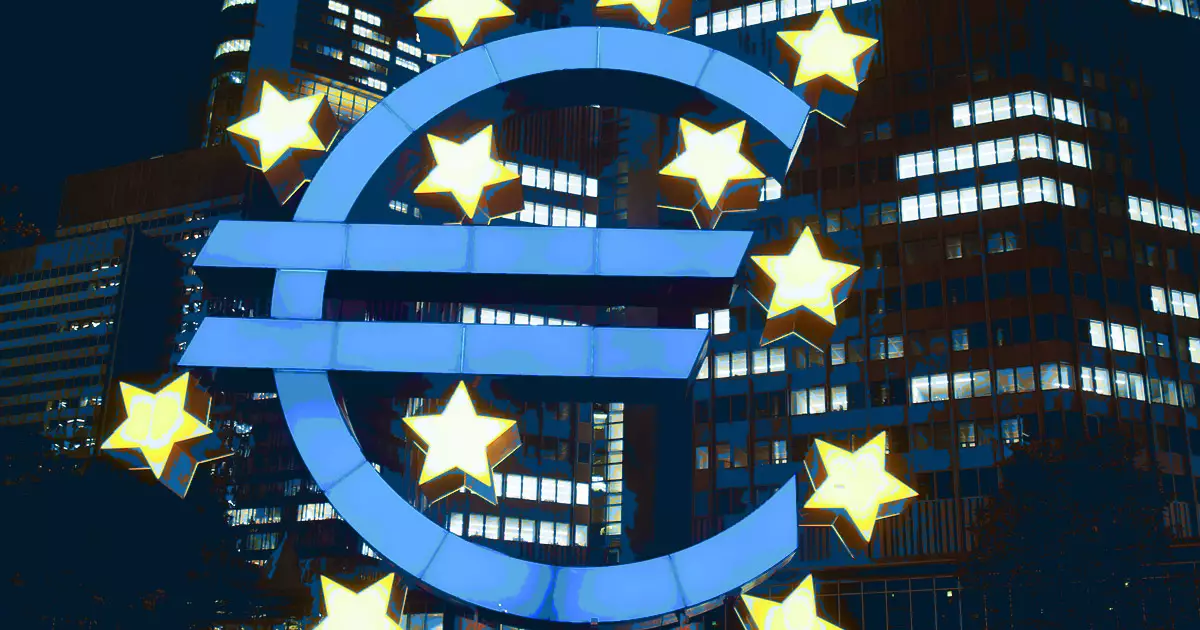In a world where financial systems constantly evolve, the recent remarks made by Piero Cipollone, a key figure on the European Central Bank’s (ECB) Executive Board, spark a conversation that is both timely and critical. At the Bundesbank Symposium on Future Payments, Cipollone explicitly positioned digital assets and distributed ledger technology (DLT) as vital components in the quest for a more cohesive capital markets union in Europe. His emphasis on the fragmented structure of Europe’s current financial environment, characterized by the existence of 35 listing exchanges and 41 trading platforms, reveals the inefficiencies that plague the market. This fragmented state leads to heightened intermediation costs and an overall reduction in market efficacy.
Cipollone’s insights highlight a crucial reality: despite preliminary initiatives like the TARGET2-Securities platform aimed at harmonizing securities settlements, deep-seated regulatory barriers and an inconsistent legislative landscape persist. These hurdles prevent a seamless integration that could potentially elevate Europe’s competitiveness in the global financial arena. Without a unified framework concerning asset custody, taxation, and regulatory oversight, the potential for synergies within a homogeneous capital market is stifled. One could argue that this lack of cohesion serves not only as an impediment to growth but also deters foreign investment, as potential investors may find Europe’s capital markets daunting and opaque.
Turning attention to the transformative potential of digital solutions, Cipollone emphasized tokenization, the innovative process that allows the representation of assets on a distributed ledger. This paradigm shift offers the promise of addressing many inherited inefficiencies endemic to traditional financial systems. By allowing assets to exist on decentralized networks rather than relying on centralized databases, tokenization can create an agile, real-time transactional ecosystem. This could signify a departure from the outdated bookkeeping methods that have long governed financial transactions, heralding a new era where efficiency and transparency interchange handily.
Despite these exciting possibilities, Cipollone also noted a significant divide: while over 60% of EU banks are actively exploring DLT, only 22% have made the leap to practical application. This indicates a gap between interest and implementation, suggesting that the potential inherent in DLT has yet to be fully tapped. Thus, more than just an urge to innovate, there appears to be a pressing need for systemic change within the institutions themselves to support a digital shift.
To facilitate this transition towards digital markets, Cipollone called for proactive measures from public authorities to secure central bank money as a fundamental settlement asset. His vision includes the development of a European ledger—an interoperable platform where various assets, including digital and commercial bank money, can coexist. This ledger would effectively diminish entry barriers for financial institutions while also fostering integration within capital markets.
Moreover, Cipollone’s warning against the danger of uncoordinated DLT adoption cannot be understated. Individual nations and institutions developing fragmented platforms could exacerbate existing disintegration, making it imperative for European regulators, central banks, and market participants to work in close collaboration.
Cipollone’s address serves as both a clarion call and a roadmap to a more integrated and digitally empowered European capital market. The potential that lies within digital assets and DLT is immense, but realization of this potential hinges upon a concerted effort to overcome existing regulatory challenges and to embrace a collaborative approach to innovation. As the future of finance beckons, it is clear that the path to a unified capital market is not merely a possibility—it is an imperative. Only through decisive action and harmonization can Europe position itself at the forefront of the digital financial revolution, transforming its fragmented market into a streamlined powerhouse.

